Object Identification Functions

Collaborative Robots Drive Workforce Return in Auto Industry
Analysis of the cobots market penetration by different tasks and industries. Collaborative robots (cobots), a type of lightweight and slow-moving robot designed to work next to human operators without a physical fence, have gained significant momentum thanks to their flexibility and the initiatives of bringing humans back to factories, industry 5.0, and many announcements from

How Does Augmented Reality (AR) Work?
This blog post was originally published at Namuga Vision Connectivity’s website. It is reprinted here with the permission of Namuga Vision Connectivity. As immersive technologies evolve, Augmented Reality (AR) is stepping into the spotlight. While Virtual Reality (VR) once captured the imagination with fully simulated worlds, AR is proving to be the more practical and

Automotive OEMs Integrating AI into In-cabin Sensing
Integration of AI into In-Cabin Sensing – Automotive OEMs Making Full Use of Software to Enable Advanced Features As regulatory frameworks such as the EU’s Advanced Driver Distraction Warning (ADDW) near enforcement, automotive OEMs are increasingly integrating in-cabin sensing technologies with software-defined vehicle architectures. This shift, evident at CES 2025, marks a pivotal moment in

BrainChip Gives the Edge to Search and Rescue Operations
Laguna Hills, Calif. – April 16, 2025 – BrainChip Holdings Ltd (ASX: BRN, OTCQX: BRCHF, ADR: BCHPY), the world’s first commercial producer of ultra-low power, fully digital, event-based, neuromorphic AI, today announced that it has partnered with ARQUIMEA on an AI-powered detection solution that enhances water safety. ARQUIMEA has demonstrated BrainChip’s Akida with a Prophesee event-based

Using AI to Better Understand the Ocean
This blog post was originally published at NVIDIA’s website. It is reprinted here with the permission of NVIDIA. Humans know more about deep space than we know about Earth’s deepest oceans. But scientists have plans to change that—with the help of AI. “We have better maps of Mars than we do of our own exclusive

SWIR Vision Systems in Agricultural Production
This blog post was originally published at Basler’s website. It is reprinted here with the permission of Basler. Improved produce inspection through short-wave infrared light Ensuring the quality of fruits and vegetables such as apples or potatoes is crucial to meet market standards and consumer expectations. Traditional inspection methods are often based only on visual
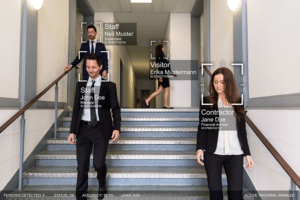
Qualcomm Dragonwing Intelligent Video Suite Modernizes Video Management with Generative AI at Its Core
This blog post was originally published at Qualcomm’s website. It is reprinted here with the permission of Qualcomm. Video cameras generate a lot of data. Companies that use a video management system (VMS) are left wanting to get more value out of all the video data they generate, enabling them to take the actions that
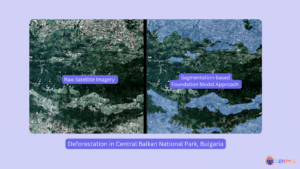
Visual Intelligence: Foundation Models + Satellite Analytics for Deforestation (Part 2)
This blog post was originally published at Tenyks’ website. It is reprinted here with the permission of Tenyks. In Part 2, we explore how Foundation Models can be leveraged to track deforestation patterns. Building upon the insights from our Sentinel-2 pipeline and Central Balkan case study, we dive into the revolution that foundation models have
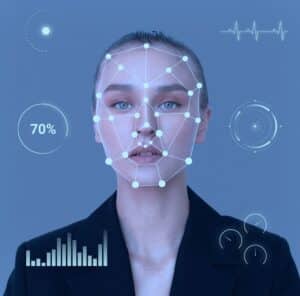
A New Standard in Facial Recognition Security: Multispectral Imaging Technology
This blog post was originally published at Namuga Vision Connectivity’s website. It is reprinted here with the permission of Namuga Vision Connectivity. Traditional facial recognition technology has greatly enhanced both convenience and security. However, it still struggles to differentiate between real faces and sophisticated forgeries like silicone masks, printed photos and 3D models. Enter MultiSpectral
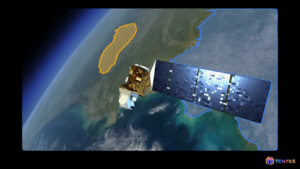
Visual Intelligence: Foundation Models + Satellite Analytics for Deforestation (Part 1)
This blog post was originally published at Tenyks’ website. It is reprinted here with the permission of Tenyks. Satellite imagery has revolutionized how we monitor Earth’s forests, offering unprecedented insights into deforestation patterns. In this two-part series, we explore both traditional and cutting-edge approaches to forest monitoring, using Bulgaria’s Central Balkan National Park as our
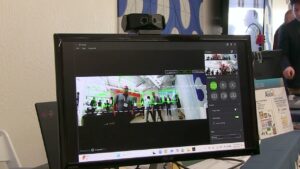
Andes Technology Demonstration of Its RISC-V IP in a Spherical Image Processor and Meta’s AI Accelerator
Marc Evans, Director of Business Development and Marketing at Andes Technology, demonstrates the company’s latest edge AI and vision technologies and products at the March 2025 Edge AI and Vision Alliance Forum. Specifically, Evans demonstrates the company’s RISC-V semiconductor processor IP, which enables customers to develop leading SoCs for AI, computer vision and other market
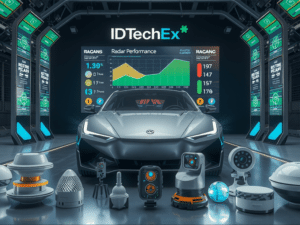
Radar-enhanced Safety for Advancing Autonomy
Front and side radars may have different primary uses and drivers for their innovation, but together, they form a vital part of ADAS for autonomous vehicles. IDTechEx‘s report, “Automotive Radar Market 2025-2045: Robotaxis & Autonomous Cars“, showcases the latest radar developments and explores autonomy leveling up as a result, with Level 2+ asserting itself within
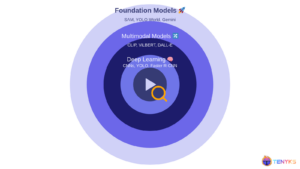
Scalable Video Search: Cascading Foundation Models
This article was originally published at Tenyks’ website. It is reprinted here with the permission of Tenyks. Video has become the lingua franca of the digital age, but its ubiquity presents a unique challenge: how do we efficiently extract meaningful information from this ocean of visual data? In Part 1 of this series, we navigate

Digica Collaborates with Toradex to Enhance Interactive Robotics with AI-driven Object Recognition on Torizon
March 7, 2025 – Digica, a leader in AI-driven solutions, is excited to announce its collaboration with Toradex to develop an advanced robotics system featuring real-time object recognition and dynamic change of user interface display. This collaboration integrates cutting-edge computer vision technology with interactive robotics, pushing the boundaries of human-machine interaction. Toradex, a leading provider
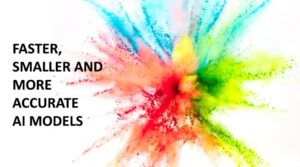
3LC: What is It and Who is It For?
This blog post was originally published at 3LC’s website. It is reprinted here with the permission of 3LC. AI performance isn’t just about better architectures or more compute – it’s about better data. Even perfectly labeled datasets can hold hidden inefficiencies that limit accuracy. See how teams use 3LC to refine datasets, optimize labeling strategies,
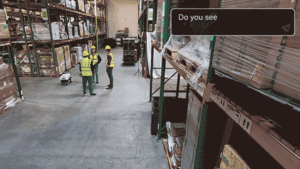
Vision Language Model Prompt Engineering Guide for Image and Video Understanding
This blog post was originally published at NVIDIA’s website. It is reprinted here with the permission of NVIDIA. Vision language models (VLMs) are evolving at a breakneck speed. In 2020, the first VLMs revolutionized the generative AI landscape by bringing visual understanding to large language models (LLMs) through the use of a vision encoder. These

SAM 2 + GPT-4o: Cascading Foundation Models via Visual Prompting (Part 2)
This article was originally published at Tenyks’ website. It is reprinted here with the permission of Tenyks. In Part 2 of our Segment Anything Model 2 (SAM 2) Series, we show how foundation models (e.g., GPT-4o, Claude Sonnet 3.5 and YOLO-World) can be used to generate visual inputs (e.g., bounding boxes) for SAM 2. Learn
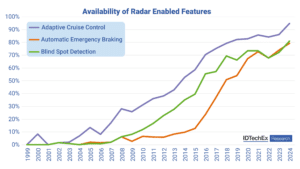
Nearly $1B Flows into Automotive Radar Startups
According to IDTechEx‘s latest report, “Automotive Radar Market 2025-2045: Robotaxis & Autonomous Cars“, newly established radar startups worldwide have raised nearly US$1.2 billion over the past 12 years; approximately US$980 million of which is predominantly directed toward the automotive sector. Through more than 40 funding rounds, these companies have driven the implementation and advancement of

